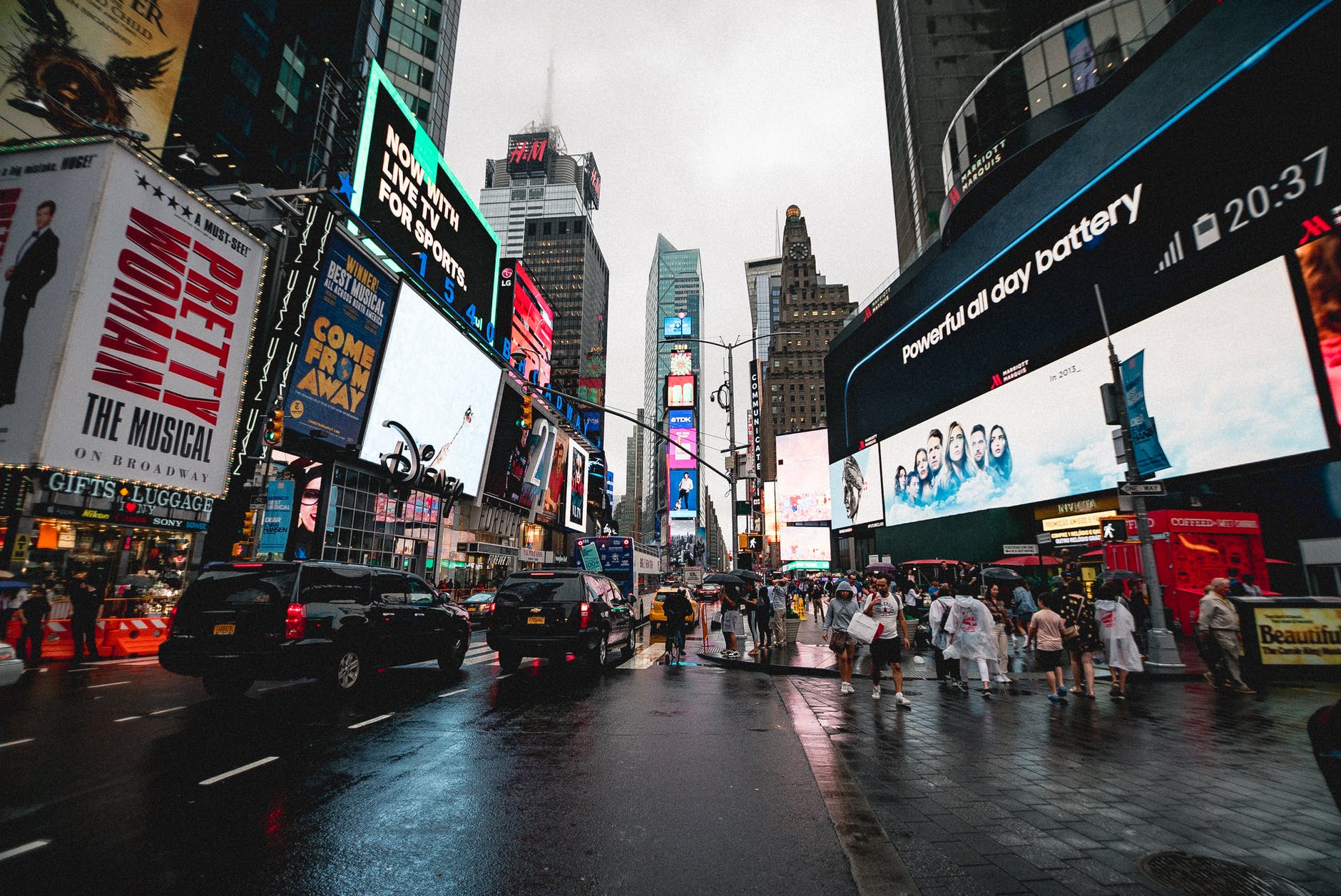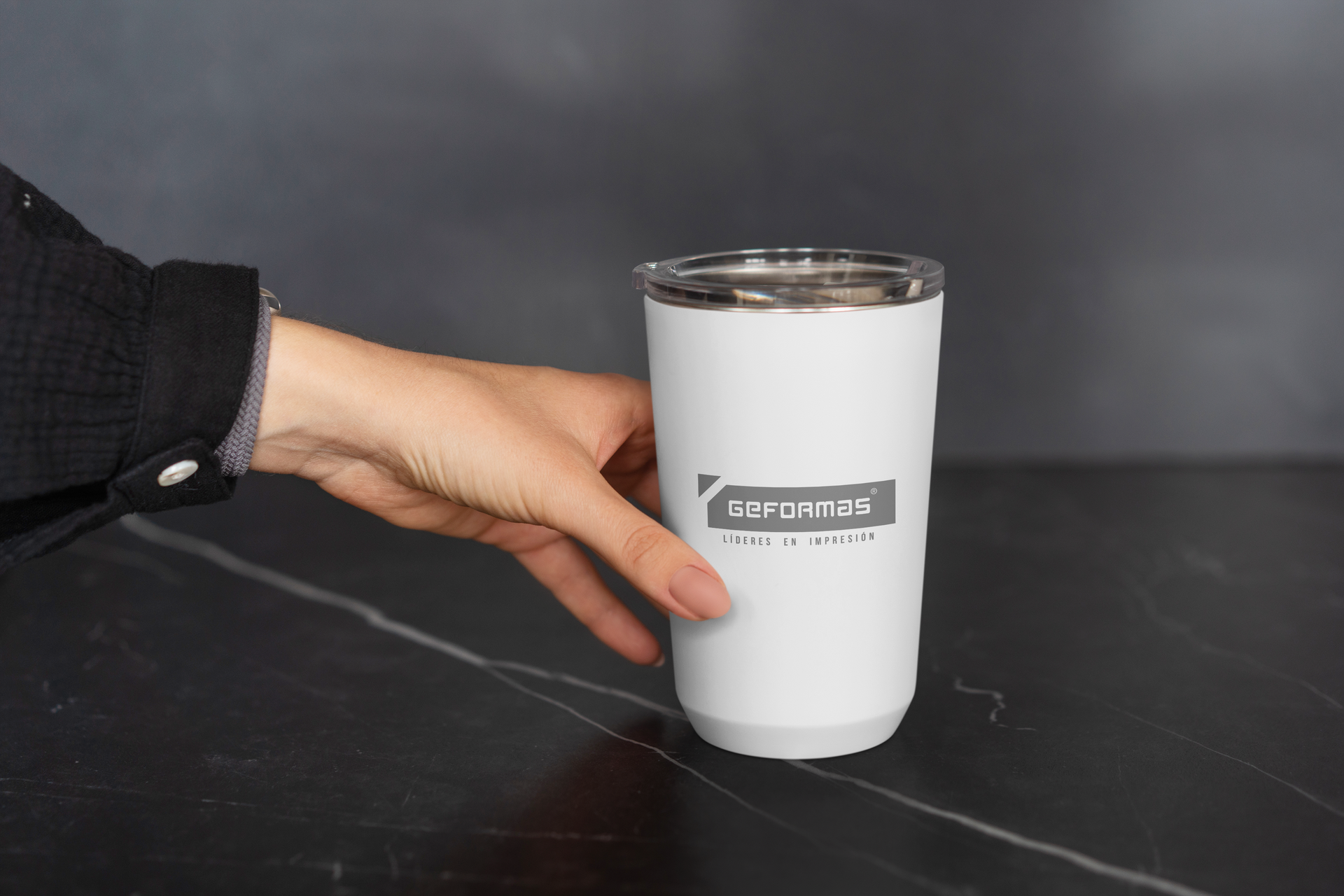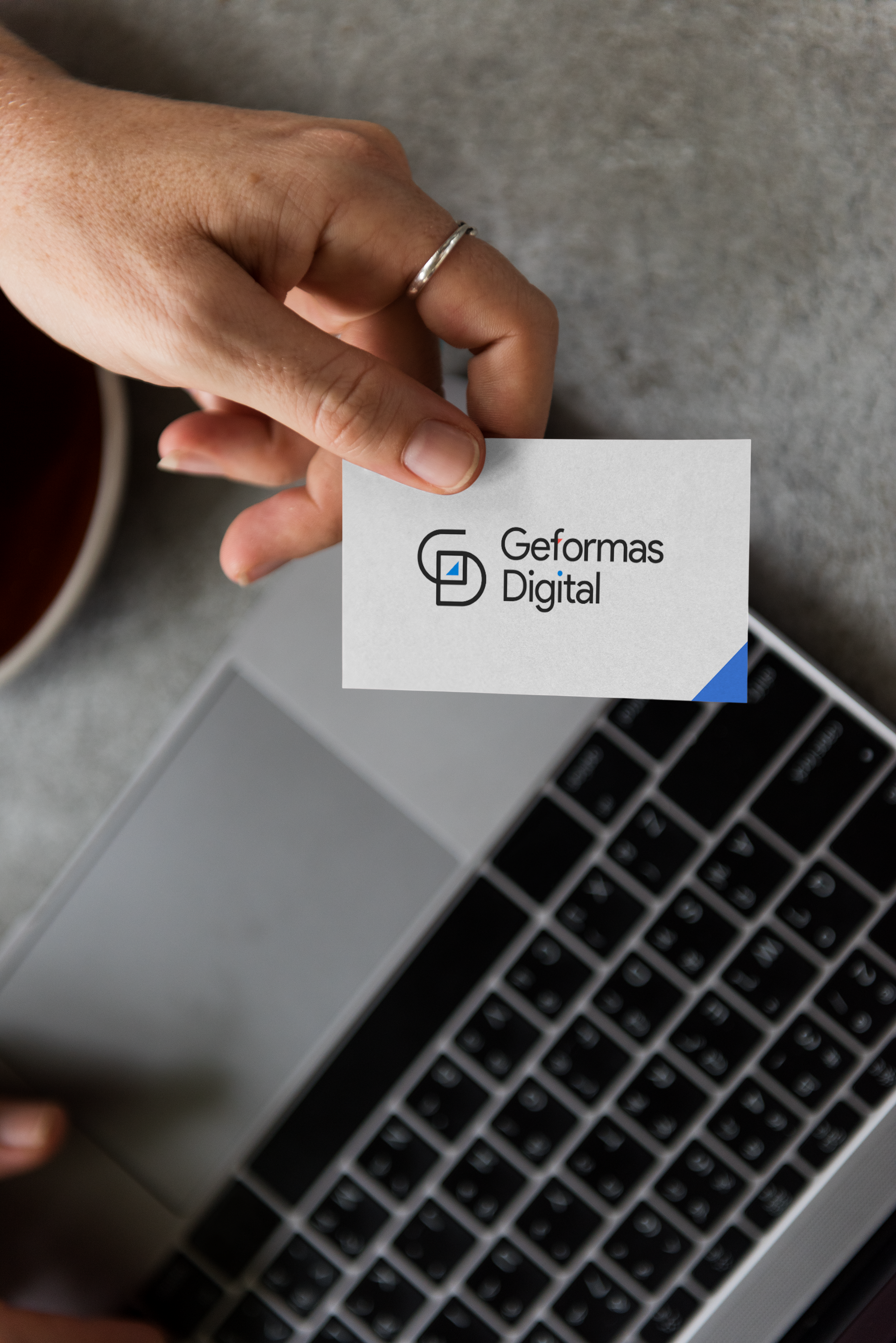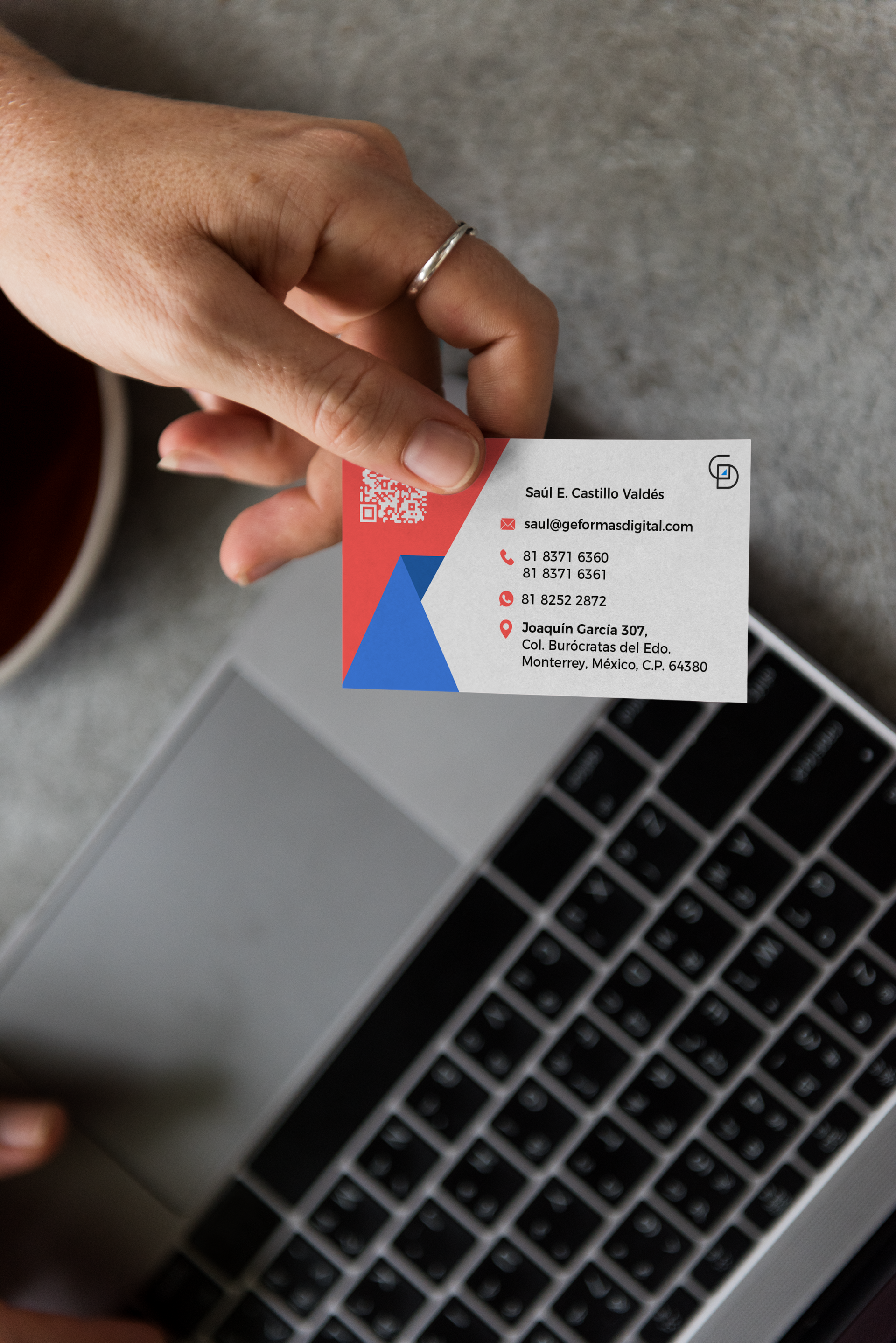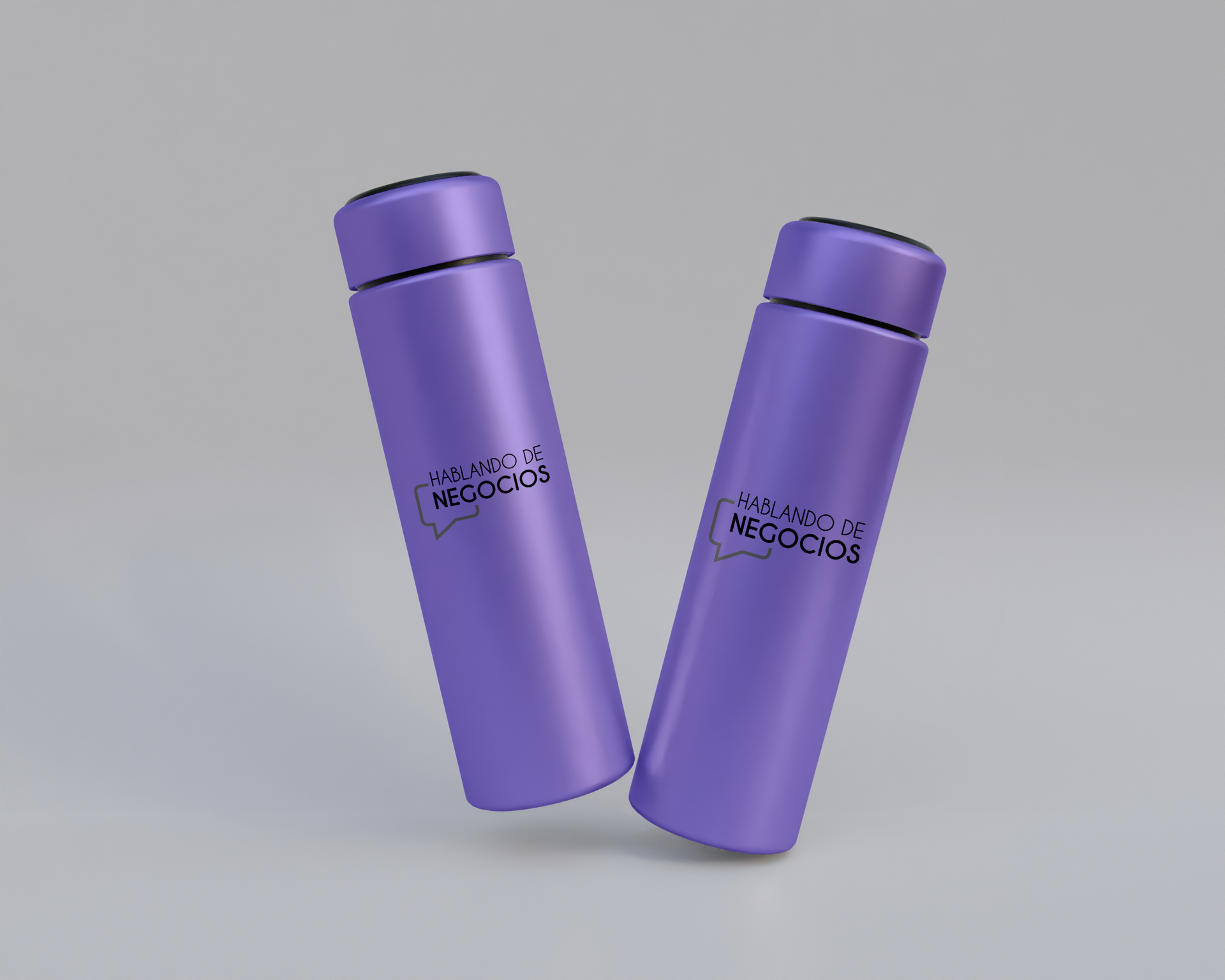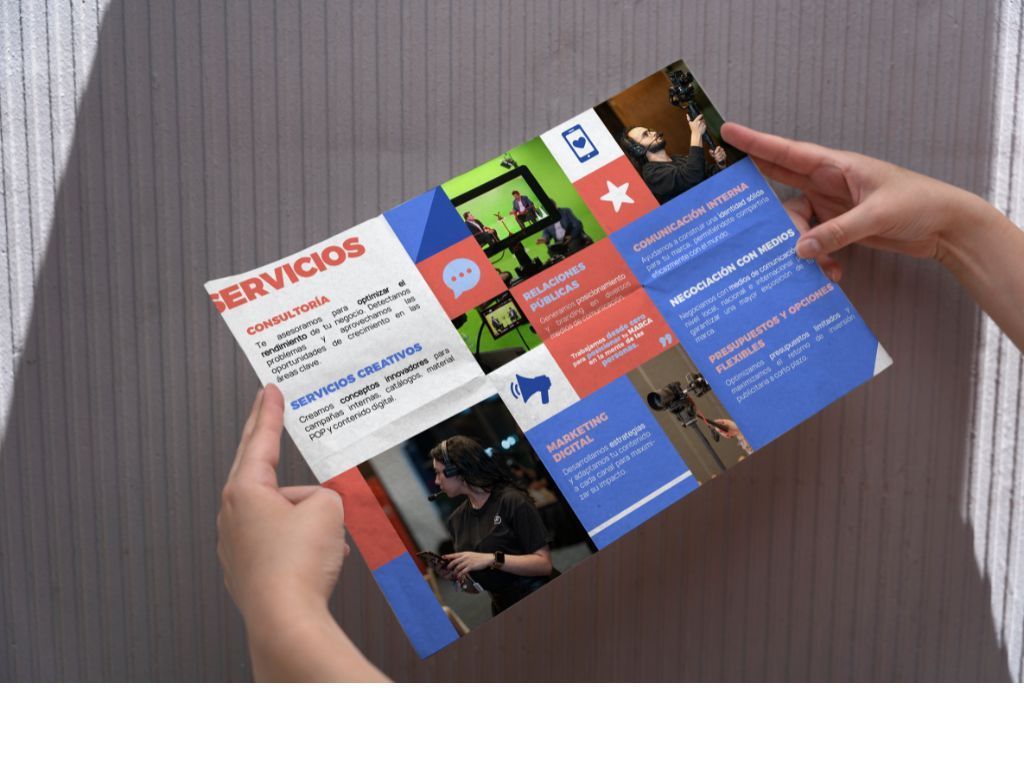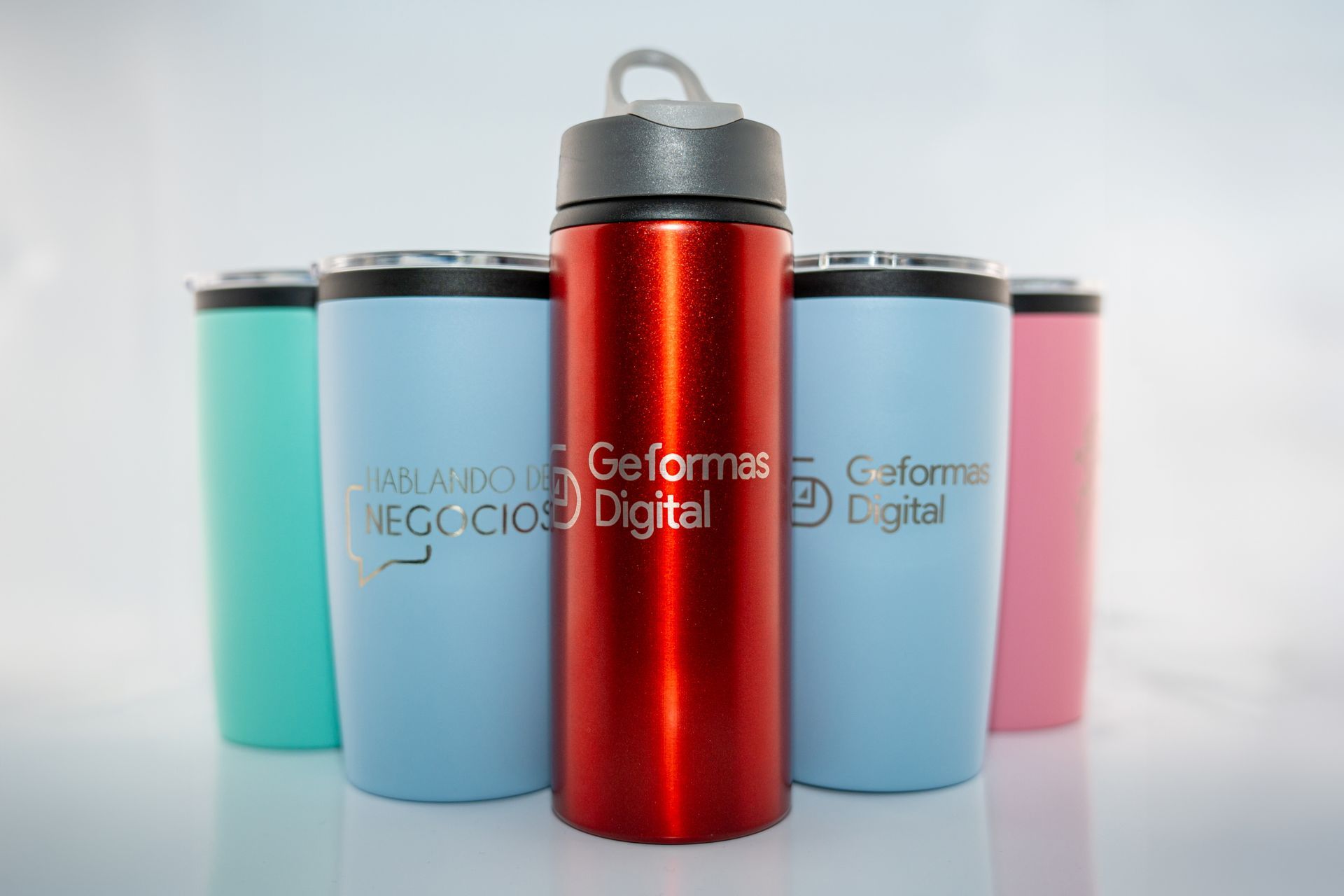Programmatic Advertising Guide for effective strategy in 2021
By the end of 2021, 88% of all digital display marketing is projected to be done through programmatic advertising, which is why you need a guide to create an effective strategy for your company.

Have you ever wondered why advertisers are increasingly turning to programmatic advertising for their display campaigns? Simply put, programmatic advertising is a way to automatically buy and optimize digital campaigns, rather than buying directly from publishers.
It is designed to replace human negotiations with the help of machine learning and the optimization of artificial intelligence and the goal is to increase efficiency and transparency for both the advertiser and the publisher.
This is done through real-time auctions where ads are purchased at the same time as a visitor loads a website.
If you're interested in learning a little more about programmatic advertising and how it works, this guide is for you.
Who uses programmatic advertising?
Programmatic advertising it exists on a wide range of digital channels, including display, mobile, video and social media.
We're starting to see off-the-grid channels advertised programmatically through digital screens at bus stations, shopping malls, and billboards
Previously, programmatic was reserved for larger budgets and media agencies, but the rapid increase in tools gives smaller brands greater access to technology and gives them the ability to compete with larger brands without going through expensive intermediaries.
What are real-time bidding (RTB)?
RTB (real time bidding) is a way to buy and sell ads through real-time auctions, which means that transactions are made in the time it takes to load a web page-around 100ms.
Real-time purchasing process works like this:
When a visitor enters a website, a request is sent to an ad exchange with website information along with visitor data.
This information is then compared to the available advertisers and a real-time auction is held between the advertisers that match the criteria.
For example, let's say you visit a website that sells organic dog food, but don't make a purchase. Later, you visit your favorite news site and suddenly you see ads about organic dog food everywhere. These ads are placed in front of you with the help of real-time offers.
The company that sells dog food has simply said, " I want to show my ads on these websites, but only to visitors who visited my site previously and did not make a purchase."
During the time it takes to load the website, an auction takes place between the organic dog food brand and everyone else who is also interested in showing you ads.
Historically, advertisers placed ads on websites that they believed matched their target audience, so a company that sells motorcycle helmets might select blogs about motorcycles and buy locations manually on these sites.
Their banner ads were displayed to all visitors to that website, regardless of whether they were relevant customers or not.
The real-time offers they enable better and faster targeting, enabling ads to be bought and sold per unit. This means that only visitors who are in your target audience will be exposed to the ad.
For example, a user might have previously visited a site that sells motorcycle helmets and would therefore be a more relevant target for a helmet ad.
Then, the advertiser would increase the offer for these visitors, perhaps even surpassing the offers of the large multinational brands. This kind of real-time media buying was the beginning of programmatic technology.
Are real-time offers a programmatic form of purchase?
Yes, RTB is a form of programmatic advertising, but not all programmatic advertising uses real-time offers. Programmatic is simply a way to automate ad buying, and RTB is one way to do it.
Although approximately 90% of programmatic purchases are made through real-time offers, there are other forms of programmatic advertising, namely:
Direct programmatic
A way to buy a guaranteed amount of prints on specific sites. It is typically used for large "premium" formats, such as full-page pop-up ads. It often involves a fixed price agreement rather than an auction.
Private exchange purchase (PMP)
An invitation-only marketplace in which one or a select number of publishers invite specific advertisers to bid on their inventory space.
It is used as a way to bypass ad exchanges altogether, where your buying platform connects directly to the publisher's inventory.
Usually an auction takes place, but the terms of the agreement are negotiated beforehand, which creates a more manual environment than the normal RTB.
What is Ad Exchange?
An Ad Exchange is where publishers meet advertisers and agree on a price to display their ads.
It works very similar to the trading floor of a stock market, but for digital display advertising.
Today, most ad exchanges operate through real-time auctions, where the purchase of an ad is made at the same time as a visitor loads a website.
New trends in programmatic advertising
Programmatic advertising technology for SMBs is a rapidly growing trend in the advertising industry. It is opening up a whole new dimension that was previously largely inaccessible to smaller businesses.
With the specialized agencies, brands are finding ways to make programmatic ad buying with low to medium budget.
In fact, up to 45% of brands made their programmatic purchases on their own in 2018, and this number is projected to increase to 62% by 2022.
The future is bright for programmatic advertising and now is an excellent time to enter an upward trend.
Accessibility has never been better, especially for smaller brands and hopefully this guide has given you a better insight into what it's all about.
If you're excited to try programmatic and see what it can do for your Display network campaigns, contact us.
Comparte
Blog para Negocios




